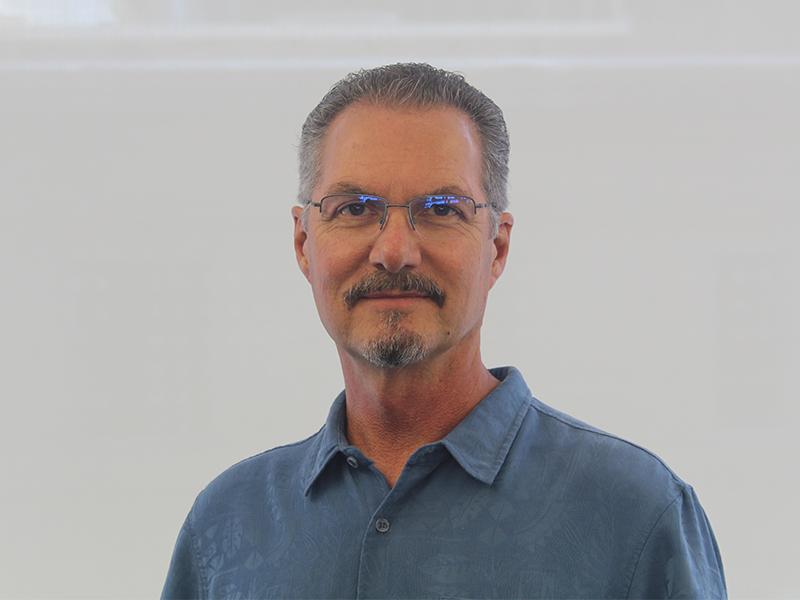
Forell | Elsesser Engineers provided structural engineering services for the new 123,000 sq. ft. research building. The steel frame building houses various programs including molecular biology, cellular biology, neurobiology, biophysics, and molecular evolution research. The building is composed of two independently supported, four-story structures over a common basement. A narrow, enclosed connecting bridge surrounded by glass connects the two structures above grade. The building is outfitted with the fixed equipment necessary to support modern life science research and includes a 6,000 sq. ft. vivarium, vibration-stable space for sensitive biophysical research, and a variety of support spaces including controlled environmental rooms. This project was delivered via the CM-at-Risk delivery method.
Customized Solution
- Bass Biology Building included an independent peer review and presentations to Stanford University’s Seismic Advisory Committee at each project milestone. A nonlinear analysis was performed to provide a more thorough understanding of the building’s behavior and performance, which helped validate the proposed seismic protection system. After conducting the analysis, F|E further worked with Stanford University to provide insight and feedback regarding the University’s seismic guidelines and their application to building design.
- An important feature for the project was the exterior building canopy adjacent to the main building. To achieve the architectural vision and create a structure that would encourage collaboration, the space needed to be elegant, light and airy. This mega structure consisted of four 60 foot tall V-columns that supported the canopy roof with shading “baguette” features. F|E was able to achieve this by working closely with the general contractor and steel sub-contractor to develop a solution that remove unnecessary steel weight. This level of collaboration and coordination was instrumental for our team to achieve the budget and architectural goals.
- Balancing performance goals and cost was a key component of this project. Use of Set-Based Design was pivotal in selecting the lateral system. By evaluating several lateral systems with varying performance objectives, the design and construction team was able to quantify the cost and seismic resilience of each scheme, which allowed the University to quickly select their preferred option.


Highlights
- Architect: Flad Architects
- Owner: Stanford University
- General Contractor: Whiting-Turner





Team

Geoff Bomba

Mason Walters

Lindsey Maclise

Lori Jue

Steve Earl

